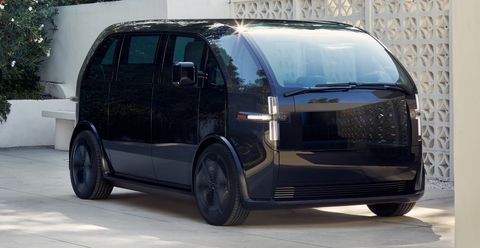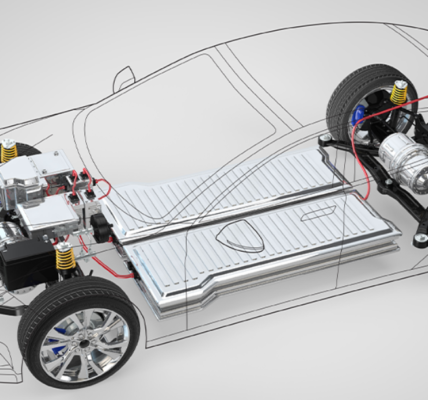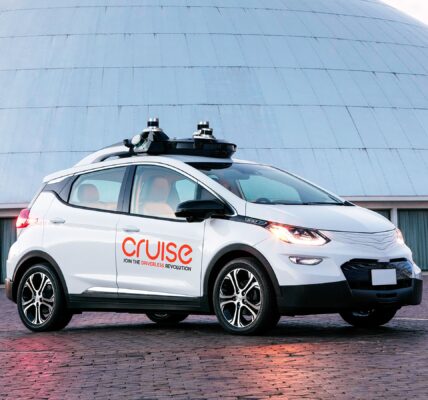There are myriad electric vehicle startups nowadays — especially in China — and they all tend to make the same kind of promise about revolutionizing the automotive industry by moving faster and being more bold than dinosaurs like Volkswagen or Ford. But the thing they all have in common is they’re all trying to ship variations on a theme. Namely, high-end cars with Ferrari performance that you or I will never be able to buy.
That’s why the first vehicle from California startup Canoo feels so refreshing. Unveiled on Tuesday night, the company’s first EV is not trying to do much of anything beyond serve as a utilitarian (but still playful) way for people to get around when it launches in 2021 in the US and China. And it’s something that far more people should be able to interact with, thanks to what should be a more affordable subscription-only approach that “may” include “registration, maintenance, insurance management and charging.” (Though the company isn’t talking pricing just yet, unfortunately.)“THIS IS THE FIRST PROJECT THAT I’VE WORKED ON WHERE I THINK PEOPLE FOR SURE NEED THIS”
“This is the first project that I’ve worked on where I think people for sure need this,” designer Richard Kim tells The Verge. Kim led the design for BMW’s i3 electric vehicle, as well as the hybrid i8 supercar, and was the chief designer at Faraday Future before he left in 2017. “Previous projects, I’d say, ‘I hope people like it and I hope people want it.’ This is the first time I got to do a project where I’m thinking: ‘Hey, people actually would need this. This would enhance their life.’”
Canoo’s first vehicle, which is also called Canoo, is a sort of boxy, modern take on the Volkswagen Microbus. It has a sweeping glass windshield, and is dotted with lots more windows that follow right to the back of the vehicle, including a few that pop out, just like on those old Microbuses.
The vehicle’s interior also has a Microbus vibe. But you won’t find regular rows of seats behind the driver and passenger. Instead, Canoo has designed a bench seat that curves around the whole rear end of the vehicle. This creates a more communal experience that could make for atime if you’re, say, traveling with friends in a ride-hailing setting.
It also creates a more comfortable space that can be used when the vehicle is parked. In fact, the vehicle seems like it could just as fun for hanging out as it would be to travel in — something that the budding #vanlife community might be interested in. The inside of each door is even lined with a peg board-style surface, which Canoo thinks will offer people a way to non-destructively personalize a vehicle that they may only subscribe to occasionally. There are jump seats that fold down on both of the rear doors, as well as two more that fold down from the backside of the two front seats.
What I loved about the vehicle when I got a chance to tour the beta version recently is that none of this stuff jumps out at you. In fact, the interior looks kind of boring at first glance. But there are all these little touches that feel delightful and perhaps even useful, which is a rare combination when it comes to cars sometimes.250 MILES OF RANGE, AND 300 HORSEPOWER, THOUGH THIS VEHICLE’S OBVIOUSLY NOT ABOUT SPEED
Canoo says its first vehicle will offer about 250 miles of range, which it pulls out of an 80kWh battery. A single motor on the rear axle will be able to generate 300 horsepower, though this vehicle is not about quick off-the-line performance. Instead, the peppy motor will help make sure the vehicle can move swiftly whether it’s operating at the 2,020-kilogram (4,453 pound) curb weight or the 2,600-kilogram (5,732 pound) gross vehicle weight.







